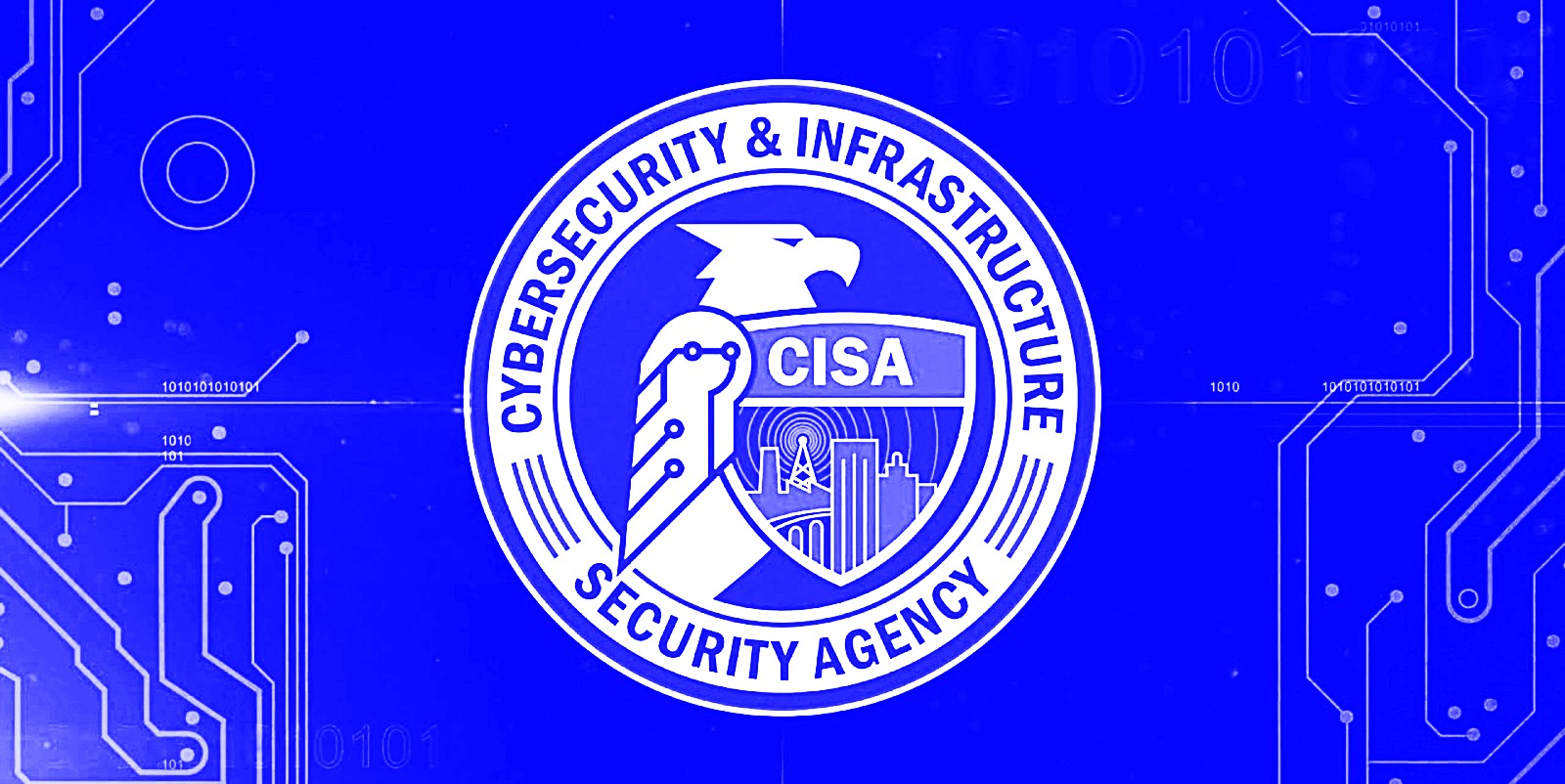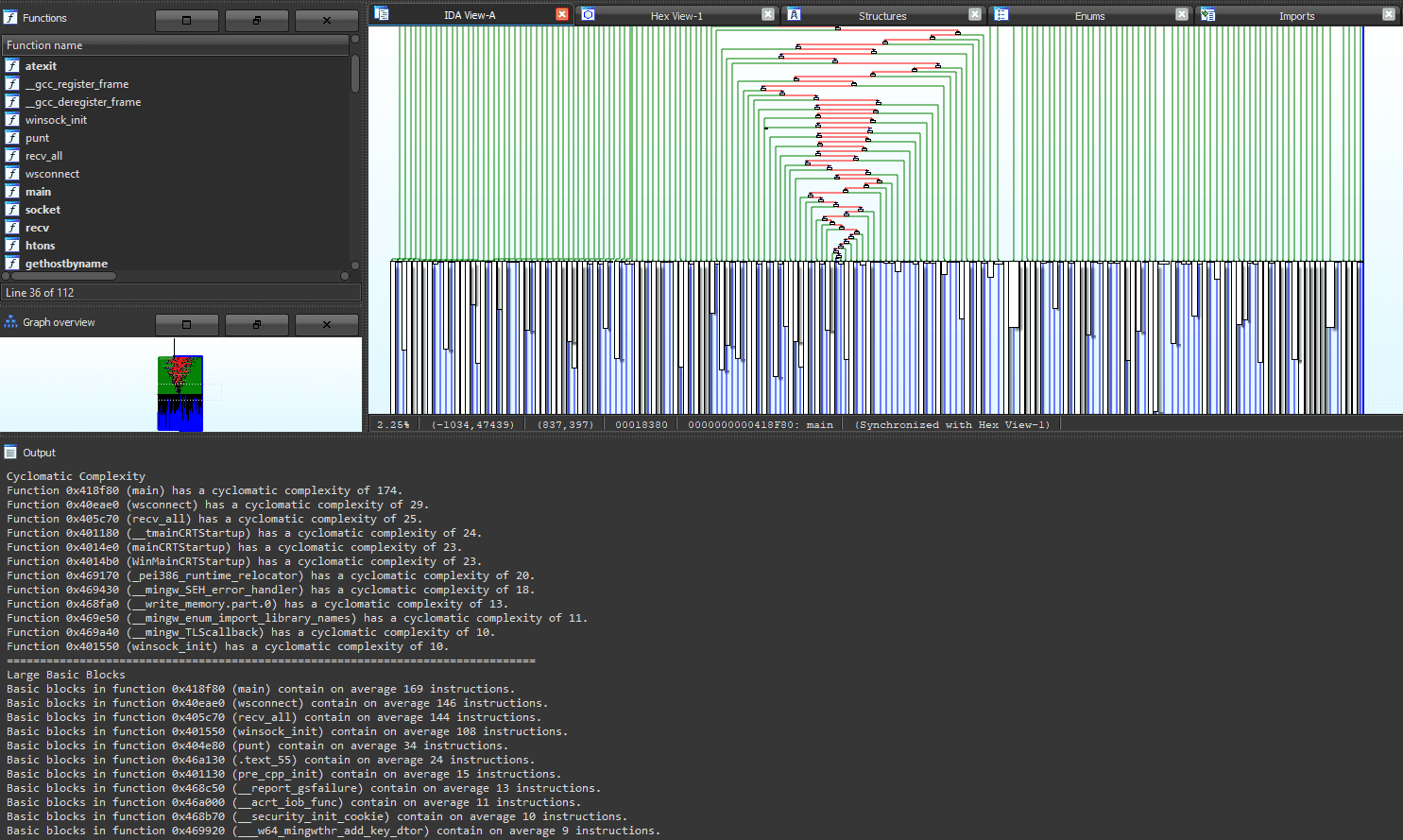From itproportal.com

It is likely that all large companies are already utilizing microservices as part of their business strategies. But microservices — small, loosely coupled services that make up a larger application — are essential for businesses of all sizes.
Unlike monolithic architectures, which contain all functionality and code within a large and complex application, microservices are discreet pieces of code that autonomously deliver on the various components of an application.
Richard Menear, CEO of cyber security specialists, Burning Tree, talks about how microservices are essential for businesses of all sizes and how this architecture is fast becoming a valuable way for organizations to scale their technology and make it more agile.




